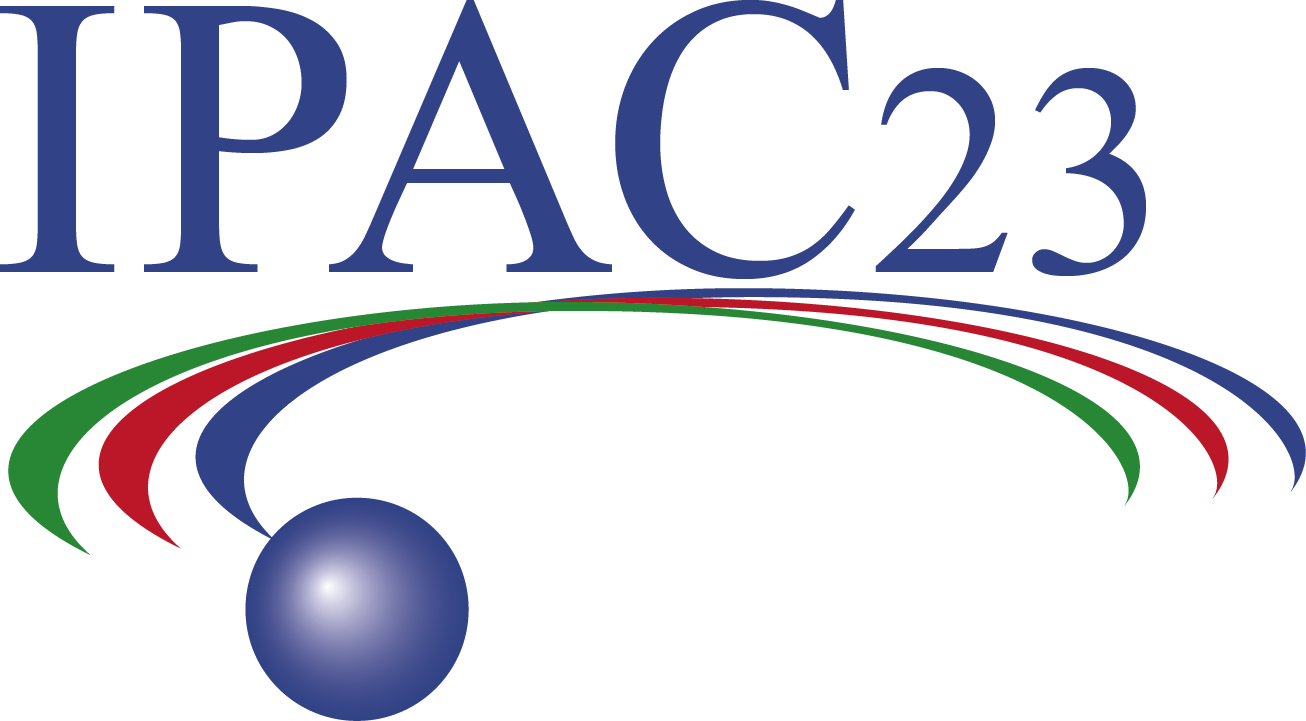Main and Sub classifications

All contributions presented at the conference are organised in sessions allocated in the programme.
A session is made of contributions on closely related topics. At the time of abstract submission the authors are asked to declare the main topic of their contribution by choosing a Main Classification (MC) and related Sub Classification (SC). The details of MCs and SCs are presented in this page.
Coordinators: Oliver Boine-Frankenheim (TU-Darmstadt) and Jie Gao (IHEP)
Description: MC1 covers accelerators (e.g. synchrotrons , linacs , ERLs) and storage rings providing colliding beams of hadrons or leptons for particle and nuclear physics, including the associated Machine Detector Interface (MDI) region. This includes operating experience and performance limitations, upgrade plans, accelerator physics and technology issues specific to colliders and the design and R&D for future projects. MC1 also includes accelerator-based fixed target machines, as discussed in Beyond Colliders or similar efforts in Particle and Nuclear Physics.
Sub-classifications associated with MC01:
- A01 Hadron Colliders
- A02 Lepton Circular Colliders
- A03 Linear Lepton Colliders
- A08 Linear Accelerators
- A09 Muon Accelerators and Neutrino Factories
- A10 Damping Rings
- A12 FFA
- A16 Advanced Concepts
- A17 High Intensity Accelerators
- A18 Energy Recovery Linacs (ERLs)
- A19 Electron-Hadron Colliders
- A24 Accelerators and Storage Rings, Other
- A25 Beyond Colliders
- A26 Machine Detector Interface
- T12 Beam Injection/Extraction and Transport
- T19 Collimation
A = Accelerators and Storage rings – T = Subsystem Technology and Components
D = Beam Dynamics and Electromagnetic Fields – U = Applications of Accelerators
Coordinators: Sara Casalbuoni (Eu-XFEL) and Mark Boland (CLS)
Description: MC2 covers photon sources (synchrotron light sources, ERLs, FELs, laser systems, other free electron sources such as THz sources, Compton sources, etc ) and electron accelerators (linear, circular, recirculating, etc.). It includes insertion devices such as planar and helical field undulators. Associated accelerator systems, such as injectors, booster synchrotrons, photon beam lines and photon beam line components can also be proposed for this Session. Papers presented can be project descriptions or cover individual aspects of photon sources and electron accelerators. Both theoretical and experimental results are solicited.
Sub-classifications associated with MC02:
- A04 Circular Accelerators
- A05 Synchrotron Radiation Facilities
- A06 Free Electron Lasers
- A07 Electrostatic Accelerators
- A08 Linear Accelerators
- A18 Energy Recovery Linacs (ERLs)
- A23 Other Linac Based Photon Sources
- A24 Accelerators and Storage Rings, Other
- T02 Electron Sources
- T12 Beam Injection/Extraction and Transport
- T15 Undulators and Wigglers
- T25 Lasers
- T26 Photon Beam Lines and Components
A = Accelerators and Storage rings – T = Subsystem Technology and Components
D = Beam Dynamics and Electromagnetic Fields – U = Applications of Accelerators
Coordinators: Victor Malka (Weizmann IoS) and Evgenya Simakov (LANL)
Description: MC3 covers (i) novel and unconventional sources of particles, including electrons and protons, neutrons, ions, and secondary particles and antiparticles; and (ii) new concepts of accelerating techniques which may overcome the present limitations of size and/or cost or which give access to very new beam characteristics (e.g. plasma accelerators, ultra high gradient vacuum accelerators). Novel here refers to technologies or parameters that are not yet widely used in operation.
Sub-classifications associated with MC03:
- A09 Muon Accelerators and Neutrino Factories
- A12 FFA
- A15 New Acceleration Techniques
- A16 Advanced Concepts
- A17 High Intensity Accelerators
- A20 Radioactive Ions
- A21 Secondary Beams
- A22 Plasma Wakefield Acceleration
- T01 Proton and Ion Sources
- T02 Electron Sources
- T28 Neutron Sources
A = Accelerators and Storage rings – T = Subsystem Technology and Components
D = Beam Dynamics and Electromagnetic Fields – U = Applications of Accelerators
Coordinators: Mohammad Eshraqi (ESS) and Yoichi Sato (KEK)
Description: MC4 covers design, development, construction, commissioning, operation and upgrades of low, medium and high energy hadron accelerators, excluding hadron colliders. This includes ion sources, electrostatic accelerators, proton and ion linear accelerators, proton and ion synchrotrons, radioactive beam facilities, antiproton accumulators and collectors, ion accumulator and storage rings, cyclotrons, synchrocyclotrons, FFAs and any other similar machines. Both low and high intensity machines are covered, as are all relevant aspects of high intensity fixed target accelerators such as proton or light ions drivers for neutron sources, neutrino factories, etc.
Sub-classifications associated with MC04:
- A04 Circular Accelerators
- A07 Electrostatic Accelerators
- A08 Linear Accelerators
- A09 Muon Accelerators and Neutrino Factories
- A11 Beam Cooling
- A12 FFA
- A13 Cyclotrons
- A14 Neutron Spallation Facilities
- A16 Advanced Concepts
- A17 High Intensity Accelerators
- A20 Radioactive Ions
- A21 Secondary Beams
- A24 Accelerators and Storage Rings, Other
- T01 Proton and Ion Sources
- T12 Beam Injection/Extraction and Transport
- T19 Collimation
- T20 Targetry and Dumps
- T28 Neutron Sources
- T32 Ion Beam Stripping
A = Accelerators and Storage rings – T = Subsystem Technology and Components
D = Beam Dynamics and Electromagnetic Fields – U = Applications of Accelerators
Coordinators: Sven Reiche (PSI) and Seunghwan Shin (PosTech)
Description: MC5 covers general aspects of electro magnetic interactions of charged particle beams in accelerators and storage rings. This includes linear and non linear beam optics, modeling of externally applied or beam generated electro magnetic fields, as well as theory, observations and simulations of single particle dynamics and collective effects, both coherent and incoherent. The emphasis is on deepening the understanding of fundamental processes or limitations governing beam dynamics and uncovering possible new mechanisms relevant to accelerator design and performance, independent of technological or project specific aspects, including Machine Learning techniques.
Sub-classifications associated with MC05:
- D01 Beam Optics Lattices, Correction Schemes, Transport
- D02 Non linear Single Particle Dynamics Resonances, Tracking, Higher Order, Dynamic Aperture, Code Developments
- D03 Calculations of EM fields Theory and Code Developments
- D04 Beam Coupling Impedance Theory, Simulations, Measurements, Code Developments
- D05 Coherent and Incoherent Instabilities Theory, Simulations, Code Developments
- D06 Coherent and Incoherent Instabilities Measurements and Countermeasures
- D07 High Intensity Circular Machines Space Charge, Halos
- D08 High Intensity in Linear Accelerators Space Charge, Halos
- D09 Emittance manipulation, Bunch Compression and Cooling
- D10 Beam Beam Effects Theory, Simulations, Measurements, Code Developments
- D11 Code Developments and Simulation Techniques
- D12 Electron Cloud and Trapped Ion Effects
- D13 Machine Learning
A = Accelerators and Storage rings – T = Subsystem Technology and Components
D = Beam Dynamics and Electromagnetic Fields – U = Applications of Accelerators
Coordinators: Adriana Rossi (CERN) and Jui-Che Huang (NSRRC)
Description: MC6 covers measurement and control of the beam properties in particle accelerators including beam diagnostics and instrumentation, beam feedback systems, low level rf controls, timing and synchronization schemes and laser based instrumentation for all types of accelerators including those for medical applications. Included also are contributions on accelerator control systems, online modeling and applications control software, as well as operational aspects of modern accelerators such as alignment and surveying methods, machine protection systems, radiation protection and monitoring and issues pertaining to reliability, and operability and applicable Machine Learning modalities.
Sub-classifications associated with MC06:
- A12 FFA
- A27 Machine Learning and Digital Twin Modelling
- A28 Medical Applications
- T02 Electron Sources
- T03 Beam Diagnostics and Instrumentation
- T04 Accelerator/Storage Ring Control Systems
- T17 Alignment and Survey
- T18 Radiation Monitoring and Safety
- T22 Reliability, Operability
- T23 Machine Protection
- T24 Timing and Synchronization
- T25 Lasers
- T26 Photon Beam Lines and Components
- T27 Low Level RF
- T33 Online Modelling and Software Tools
A = Accelerators and Storage rings – T = Subsystem Technology and Components
D = Beam Dynamics and Electromagnetic Fields – U = Applications of Accelerators
Coordinators: Marie Helene Moscatello (CEA) and Georg Hoffstaetter (Cornell Univ.)
Description: MC7 covers design, construction, testing and performance of accelerator components or subsystems, with emphasis on technological aspects and methods. It includes radio frequency cavities and systems, magnets, vacuum, cryogenics, power supplies, collimation and targetry/dumps, timing, lasers, and other accelerator components and subsystems. Advanced technologies for accelerator component manufacture and technology specific sustainability are included. Contributions with emphasis on achieving beam performance specific to an accelerator type or design should generally be classified elsewhere.
Sub-classifications associated with MC07:
- T06 Room Temperature RF
- T07 Superconducting RF
- T08 RF Power Sources
- T09 Room Temperature Magnets
- T10 Superconducting Magnets
- T11 Power Supplies
- T13 Cryogenics
- T14 Vacuum Technology
- T15 Undulators and Wigglers
- T16 Pulsed Power Technology
- T19 Collimation
- T20 Targetry and Dumps
- T21 Infrastructures
- T24 Timing and Synchronization
- T25 Lasers
- T31 Subsystems, Technology and Components, Other
- T34 Permanent Magnets
- T35 Advanced Manufacturing Technologies for Accelerator Components
- T36 Sustainability
A = Accelerators and Storage rings – T = Subsystem Technology and Components
D = Beam Dynamics and Electromagnetic Fields – U = Applications of Accelerators
Coordinators: Nicolas Delerue (CNRS) and Sandra Biedron (UNM and Element Aero)
Description: MC8 includes contributions with emphasis on the broad applications of accelerators, the development of accelerator technologies for specific applications, aspects of technology transfer and laboratory industry relationships. This MC also includes Outreach and Commmunication for broad scientific dissemination. Also utilisation of test facilities for radiation exposure developments, as well as industrially focussed sustainability advances.
Sub-classifications associated with MC08:
- U01: Medical Applications
- U02: Materials Analysis and Modification
- U03: Transmutation and Energy Production
- U04: Security
- U05: Other Applications
- U06: Technology Transfer and Lab Industry Relations
- U07: Industrial Applications
- U08 Environment
- U09 Sustainability
- U10 Outreach and Communications
- U11 Radiation Effects – Testing Facilities and Strategies
A = Accelerators and Storage rings – T = Subsystem Technology and Components
D = Beam Dynamics and Electromagnetic Fields – U = Applications of Accelerators






